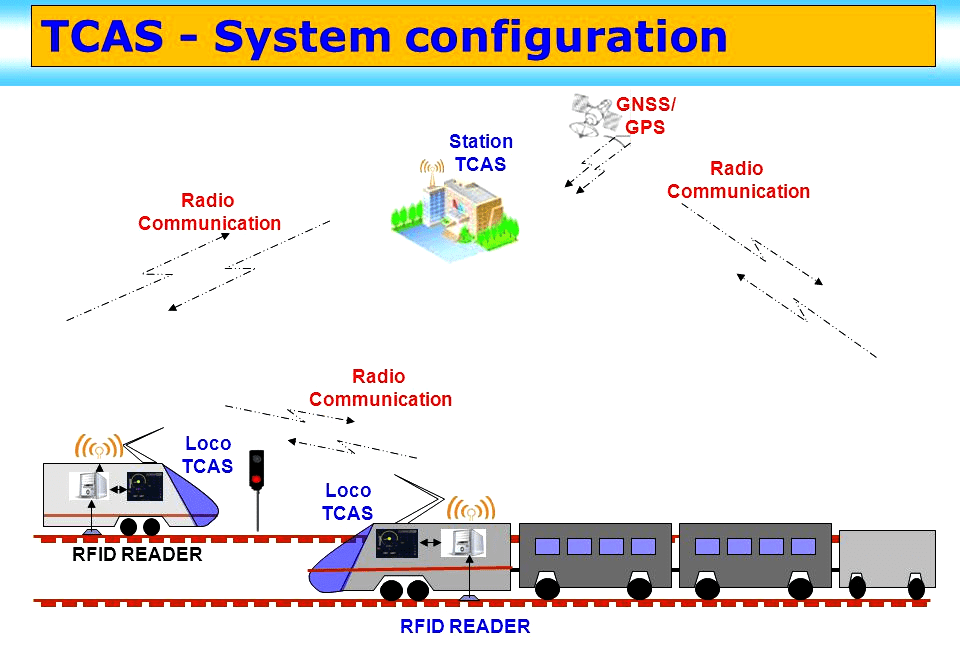- Courses
- GS Full Course 1 Year
- GS Full Course 2 Year
- GS Full Course 3 Year
- GS Full Course Till Selection
- Answer Alpha: Mains 2025 Mentorship
- MEP (Mains Enrichment Programme) Data, Facts
- Essay Target – 150+ Marks
- Online Program
- GS Recorded Course
- Polity
- Geography
- Economy
- Ancient, Medieval and Art & Culture AMAC
- Modern India, Post Independence & World History
- Environment
- Governance
- Science & Technology
- International Relations and Internal Security
- Disaster Management
- Ethics
- NCERT Current Affairs
- Indian Society and Social Issue
- NCERT- Science and Technology
- NCERT - Geography
- NCERT - Ancient History
- NCERT- World History
- NCERT Modern History
- CSAT
- 5 LAYERED ARJUNA Mentorship
- Public Administration Optional
- ABOUT US
- OUR TOPPERS
- TEST SERIES
- FREE STUDY MATERIAL
- VIDEOS
- CONTACT US
KAVACH: India's Shield for Railway Safety
KAVACH: India's Shield for Railway Safety
24-07-2024
The recent train accident in Odisha has highlighted the need for advanced safety mechanisms to prevent such tragedies.
What is KAVACH?
- KAVACH is an indigenously developed Automatic Train Protection System (ATPS) by the Research Design and Standards Organisation (RDSO) in collaboration with Indian industry.
- It is a state-of-the-art electronic system with Safety Integrity Level-4 standards with the probability of an error being one in 10,000 years.
Key Features of Kavach
- Safety Integrity Level-4 (SIL-4) Standards: Kavach boasts the highest level of safety integrity, with a probability of error of only one in 10,000 years.
- Traffic Collision Avoidance System (TCAS): The system utilizes TCAS, combining onboard locomotive equipment with station-based transmission towers and Radio Frequency Identification (RFID) tags. This enables real-time, two-way communication between the station master and loco-pilot to exchange crucial emergency messages.
- Automatic Braking System: Kavach automatically activates the train's brakes if the driver fails to adhere to speed restrictions or if a red signal is jumped.
- Emergency SOS Messages: The system can relay SOS messages during emergencies, ensuring timely assistance.
- Centralized Live Monitoring: Train movements are monitored in real-time through the Network Monitor System, providing a comprehensive overview of the railway network.
- Cost-Effective: Kavach is one of the most affordable SIL-4 certified technologies, making it a financially viable solution for Indian Railways.

How Does Kavach Work?
Kavach's integrated system uses GPS and RFID technologies to prevent collisions and enhance railway safety:
- GPS Integration: GPS continuously tracks the train's location, speed, and direction, relaying this real-time data to the central control system and other trackside equipment.
- RFID Implementation: RFID tags are strategically placed along the tracks, and onboard RFID readers detect these tags to precisely identify the train's location.
- Integrated Functionality: This combination of GPS and RFID technologies creates a comprehensive system for train tracking, collision avoidance, and overall safety. GPS data provides a broad overview of the train's movements, while RFID tags offer precise location references.
Government Initiatives and Implementation:
- RDSO's Role: RDSO has been instrumental in developing Kavach and continues to refine the system.
- Railway Board's Priorities: The Railway Board has identified High-Density Routes for prioritized Kavach implementation, followed by other networks.
- Training and Capacity Building: The Indian Railways Institute of Signal Engineering & Telecommunications (IRISET) is responsible for training railway staff on Kavach, ensuring effective implementation.
Conclusion
Kavach is a testament to India's commitment to modernizing its railway infrastructure and prioritizing passenger safety. By leveraging advanced technologies and cost-effective design, Kavach has the potential to transform train travel in India, making it safer, more efficient, and more reliable. As Kavach's implementation expands, it promises a future where train accidents are minimized, and passenger confidence in Indian Railways is strengthened.
Must Check: Best IAS Coaching In Delhi
UPSC Prelims Result 2024 Out: Expected Cut Off & Other Details, UPSC Prelims 2024 Answer with Explanation, Daily Prelims Quiz, Daily Current Affairs, MONTHLY CURRENT AFFAIRS TOTAL (CAT) MAGAZINE, Best IAS Coaching Institute in Karol Bagh, Best IAS Coaching Institute in Delhi, Daily Mains Question Answer Practice, ENSURE IAS UPSC Toppers, UPSC Toppers Marksheet, Previous Year Interview Questions, UPSC Syllabus



